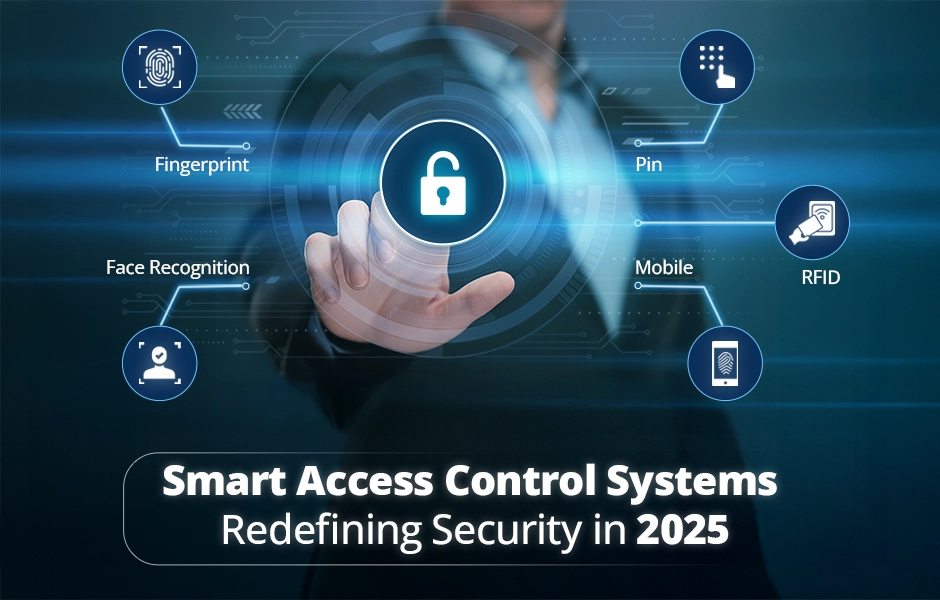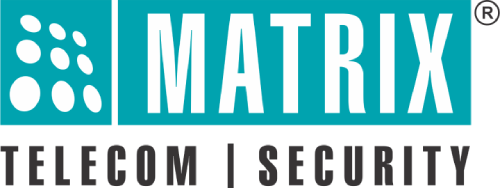
In an era defined by digital transformation and escalating security concerns, the methods we use to confirm identity are undergoing a profound evolution. The days of relying solely on easily transferable passwords and keycards are fading, giving way to advanced, non-transferable verification, particularly within Access Control Systems. This accelerating shift is not just a technological trend, but a massive market movement: According to MarketsandMarkets 2024, the global biometric system market, valued at $47.2 billion in 2024, is projected to grow to $84.5 billion by 2029, underscoring the accelerating reliance on these advanced non-transferable methods. This explosive growth signals a crucial time for businesses and consumers alike to understand what this means for everything from securing critical infrastructure to daily transactions.
The Shift: From Manual Checks to Intelligent Automation
The original form of access control systems relied entirely on manual verification—a security guard checking a badge or ID. While this method still works for small spaces, it simply doesn’t scale to the complexity of modern, large-scale environments.
Smart Access control systems flip this script. It integrates electronic locks, intelligent controllers, and centralized software to automate decision-making. This means access is granted based on real-time rules, and a detailed, immediate log of every entry and exit is automatically created.
Core Technology: What Makes the Access Control Systems Smart?
A smart access control system is a network of interconnected components designed for speed and security:
- Electronic Locks: Operated by electrical current, these are the foundation, linking directly to the system’s authentication methods (e.g., a smart card, PIN, Fingerprint, or Face).
- Keypads & Readers:
- Keypads offer a reliable PIN-based entry method, often used as part of a multi-factor authentication setup.
- Card Readers use RFID or NFC for quick, contactless data exchange with credentials.
- Biometric Readers utilize unique physical traits like fingerprints or facial features. This ensures identification is non-transferable and provides the highest accuracy for access and attendance tracking.
Connectivity: The Digital Backbone
Seamless communication is the engine of smart access control systems. These technologies ensure every component talks to the control center:
- IoT (Internet of Things): This is what connects every physical element—locks, readers, and control units—via IP networks, enabling centralized monitoring and remote control.
- Cloud Integration: Today, systems are increasingly managed through cloud platforms, drastically simplifying remote configuration and management for large or multiple sites.
- Mobile Access: Bluetooth Low Energy (BLE) is rapidly becoming the standard, allowing employees to use their smartphones as secure, digital keys instead of carrying physical cards.
Key Trends Driving Security in 2025
The current year is marked by a massive acceleration in Intelligence and Integration across the security landscape:
- AI-Powered Facial Recognition: Algorithms have reached over 99% accuracy, dramatically improving the speed and reliability of entry, even in challenging conditions like poor lighting.
- Cloud and Edge Computing: Data processing is moving closer to the devices (the “edge”). This reduces network delay (latency) and ensures the system maintains continuity and functionality even during a temporary network outage.
- Mobile-First Credentials: Physical cards are quickly being phased out as organizations adopt secure digital IDs stored on employees’ and visitors’ smartphones.
- Cybersecurity Convergence: The wall between physical and IT security is collapsing. Smart access control systems are now required to integrate seamlessly with an organization’s broader IT security policies, ensuring both physical data and facility access fall under unified governance.
The Unmatched Benefits of Going Smart
Implementing a smart access control system delivers concrete business advantages beyond just better security:
- Lower Operating Costs: While upfront costs exist, upgrading an access control system can be a financially sound investment. Some analyses suggest that an access control upgrade in commercial properties can become self-sustaining within three years through efficiency gains and cost avoidance (like eliminating the need for physical card replacement).
- Remote & Instant Scalability: Cloud-based solutions inherently reduce maintenance and upgrade costs, as software updates are automatic and instantaneous, managed by the provider, unlike traditional systems which require manual, on-site server maintenance and replacement.
- Superior Accuracy: Organizations using advanced authentication methods like biometrics often report a reduction in data breach costs. Studies have indicated that organizations using biometrics reduce breach costs by an average of hundreds of thousands of dollars compared to those relying on traditional passwords.
- Unified Business Analytics: Smart access control systems provide detailed, time-stamped audit trails and access logs. This data can be integrated with other platforms (like HR or occupancy management tools) to provide valuable insights for real-time workforce management, optimizing space utilization, and tracking compliance (e.g., ensuring only trained employees access hazardous areas).
Conclusion
As the line between the physical and digital world disappears, smart access control systems are becoming the essential foundation of modern protection strategies. By harnessing the power of AI, IoT, and cloud computing, these systems provide both resilience and unparalleled convenience, ensuring every organization maintains precise control over who accesses what, where, and when.
Is your facility’s access control system future-proof, or are you still relying on technology from the last decade?

